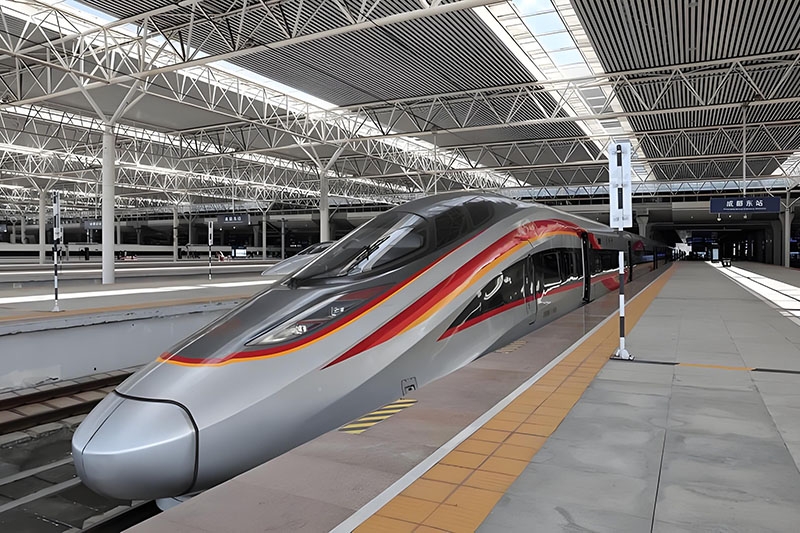
Atomic clocks play a pivotal role in enhancing the safety, efficiency, and reliability of modern transportation systems. Below are detailed applications in autonomous vehicles, aviation navigation, and high-speed rail scheduling:
1. Autonomous Vehicles
Challenge: Autonomous vehicles rely on multi-sensor fusion (LiDAR, cameras, radar) to perceive their environment. Even minor timing discrepancies between sensors can distort object detection and path planning, risking collisions.
Redundant Timing Systems:
To mitigate GPS signal loss in tunnels or urban canyons, vehicles like integrate onboard atomic clocks as backup, maintaining timing accuracy even during GNSS outages.
2. Aviation Navigation
Modern air traffic management requires ultra-precise positioning to prevent mid-air collisions, especially in congested airspace.
The Automatic Dependent Surveillance-Broadcast (ADS-B) system mandates aircraft to broadcast their GPS-derived position, velocity, and time. Atomic clocks ensure the timestamp error <100 ns.
Satellite-Based Augmentation:
Systems like the European Geostationary Navigation Overlay Service (EGNOS) rely on atomic clocks to correct GPS signal delays caused by ionospheric disturbances, improving landing accuracy to <1 meter in low-visibility conditions.
3. High-Speed Rail Scheduling
Maximizing rail network capacity while ensuring safety requires minimizing train separation intervals.
Millisecond-Level Network Synchronization:
China’s Fuxing Hao trains use atomic clocks to synchronize control systems across the entire network. Time-division multiplexing ensures that signaling and track-switching commands are coordinated within <1 ms.
Increases track capacity by 40%, accommodating 600+ daily departures on busy corridors.
Achieves 99.99% punctuality by eliminating timing drift in centralized traffic control systems.
MESSAGE
CONTACT US
Please use the form below to get in touch.
If you need a reply we will get in touch as soon as possible.

